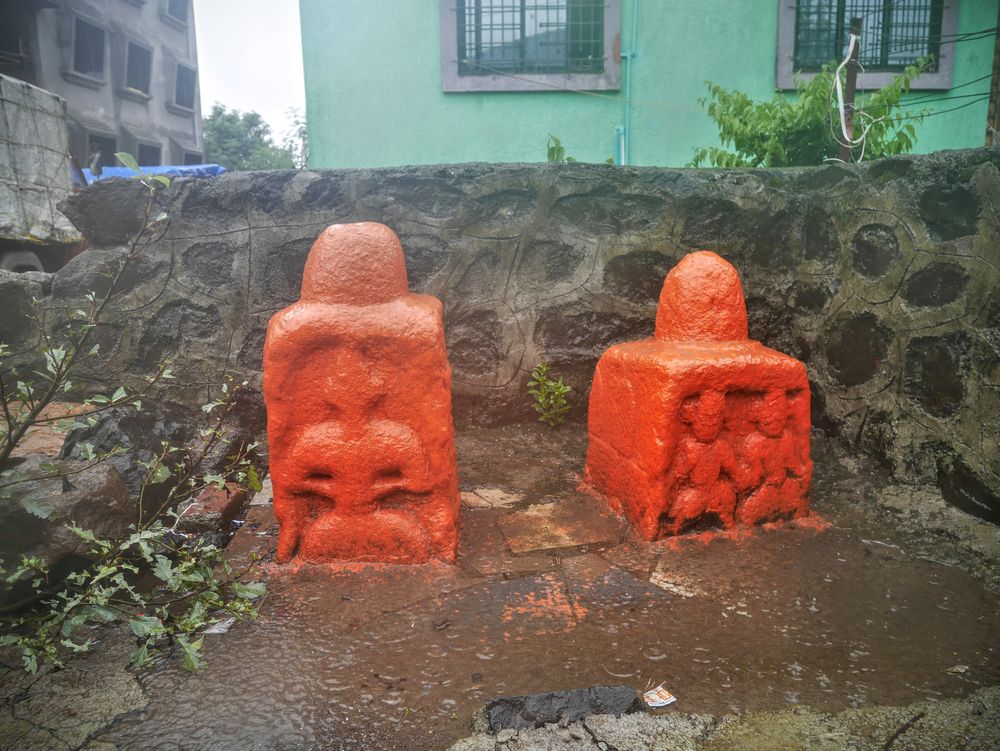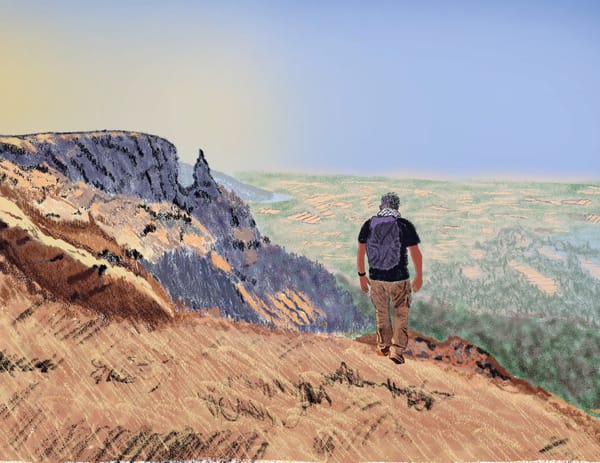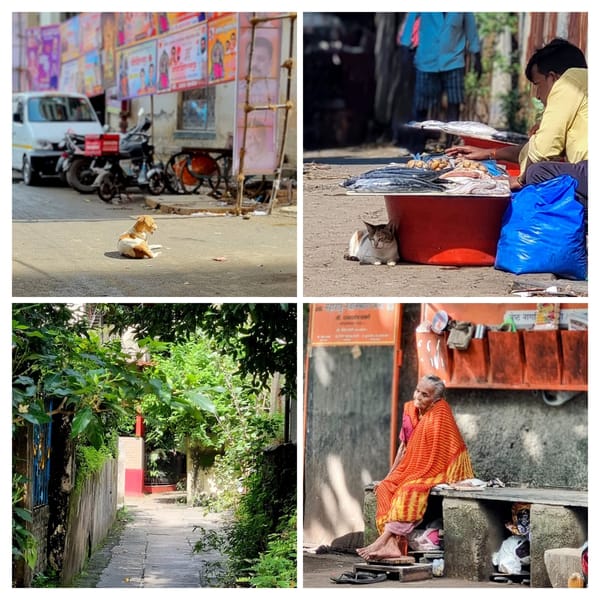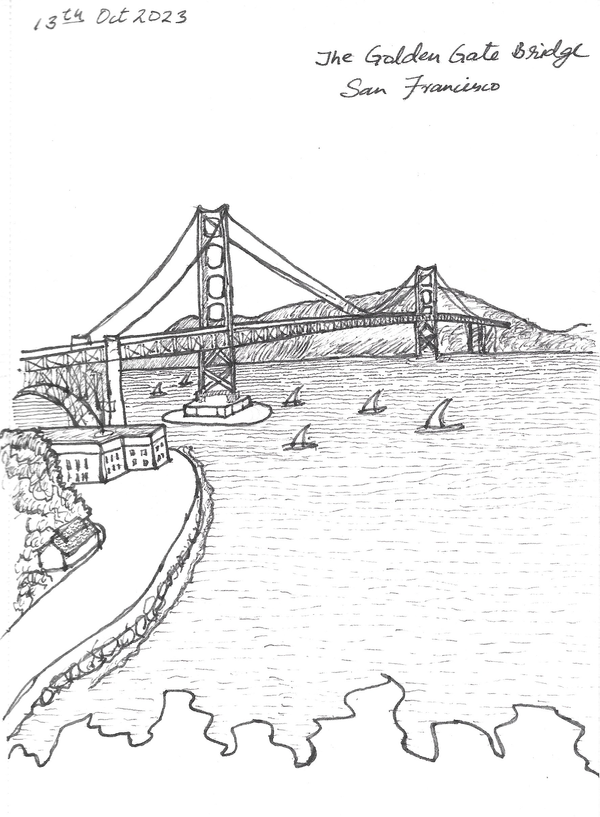Cycling to Chirner - Gadhegals and Ransai Lake
Chirner is a small town located to the south east of Mumbai further east from Uran. Till a few months back it was nothing but a name on the map that I had discovered when I wanted to find a cycling route to Alibaug that avoided the main highway.
Then recently (in July 2016) I read a post by my friend Amar Reddy, an avid historical explorer about some Gadhegals that he saw at Chirner. I also read about the research done by another friend Prof. Kurush Dalal on Gadhegals. And the conclusion was quite obvious - to go and visit Chirner. Of course, I went cycling there.
The route to Chirner and back was as per the map below.
I went via Airoli to Vashi and further to Palm Beach Road, and then to Uran road crossing over towards Chirner. On the way back I took the Vashi bridge and came via Mankhurd.
Being July, we were well into the monsoon, and it was a perfect day to ride with the clouds promising to keep the day cool.
As I got close to Chirner, it started raining quite heavily. I saw this farmer cloaked in a thick blanket stand on his bullock cart with his faithful dog following him to his home. The road you see in this picture is an off-shoot from the main highway. The highway has better road surface but has similar pot holes in sections.
I reached Chirner and followed instructions I got from passersby to watch for this arch in the road to head towards the temple.
There are several temples that surround a lake. The biggest temple is a Ganapati temple. But the oldest of the temples is the Peshwa Shiva Temple seen painted yellow in this picture, with the pink hall in front of it that seems to be a modern construction.
I paid my respects at the Shiva Linga in the temple and the other deities, and then went looking for the Gadhegals that I came here to see.
I found it just outside and slightly behind the temple. It was covered in vermilion paint as are most such structures at most sites. The scultpure on the stone is obviously not religious in nature.
To know more about the gaghegals, I had studied Prof. Dalal's paper on the topic. Here are some relevant excerpts:
Gadhegals are dressed flat rectangular stelae with only one worked face. The other face is always blank. The worked area can be generally divided into three dis- tinct zones/panels. The top (first) panel, which may or may not be capped by a kalasha (almost) always bears the sun (circle) and moon (crescent) symbols commonly seen upon hero-stones, sati-stones and boundary mark- ers. The central panel is either (rarely) blank or has an inscription in low relief engraved upon it. The lowermost (third) panel has a sculptural depiction of a crouched human figure (in some instances clearly female whilst indistinct in others) being forced into sexual congress with a donkey. It is from this third panel that the name of this type of stone marker is derived (gadhe=donkey and gal=stone)
... Gadhegals are thus essentially boundary markers or charter stones with a very clear description of the punishment that is the fate of those violating the grant, order, border or rules granted thereby or written therein
(read more about Gadhegals in the original paper here)
The second one I found in the small tiled-roof structure just behind the Shiva Temple. There are two rock-carved structures inside.
The taller one is obviously a gadhegal. But I could not make out if the piece lying next to it was a broken part of the same gadhegal or an independent piece.
The second sculpture seemed like a horse-mounted warrior. But I will defer comments till I get some expert opinions.
I also paid my respects at the Ganapati temple before heading back.
As I cycled through the village back to the highway, I noticed these two structures beside the road.
The other attraction near Chirner is Ransai Lake. I had visited the lake almost exactly a year back in August 2015. Here are some photographs from that visit:
The lake can be accessed by turning towards the east from a town to the north of Chirner called Vindhane. This is a tree-lined road that leads up to the lake.
The lake water is held back by the Ransai dam, and there is a pumping station next to it that provides water to the surrounding villages and to Uran.
I took my cycle up on the dam to get a better view .
I could see the distinct shape of the thumb shaped Karnala Fort across from the lake.
The lake is surrounded by thick vegetation and is nearly impossible to navigate especially with a bicycle.
On the way out, I visited the Ganesh temple next to the lake.
Then had a refreshing dip in the stream that is the overflow from Ransai dam before I headed back to Mumbai.
Chirner - what seemed like an innocuous name on the map has now become one of my favorite weekend destinations!




